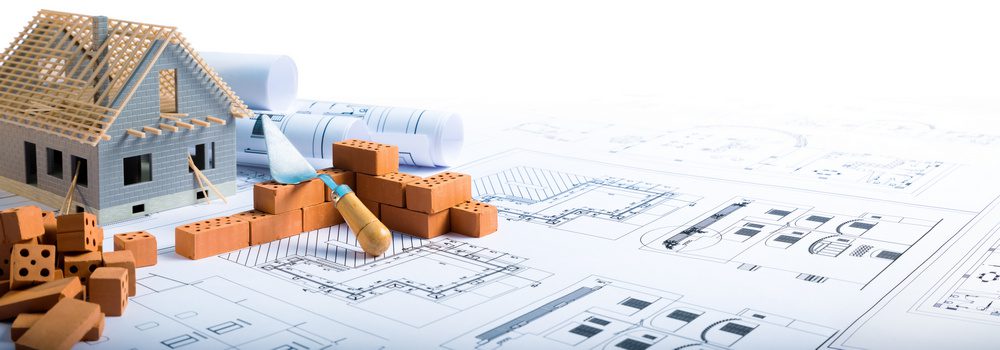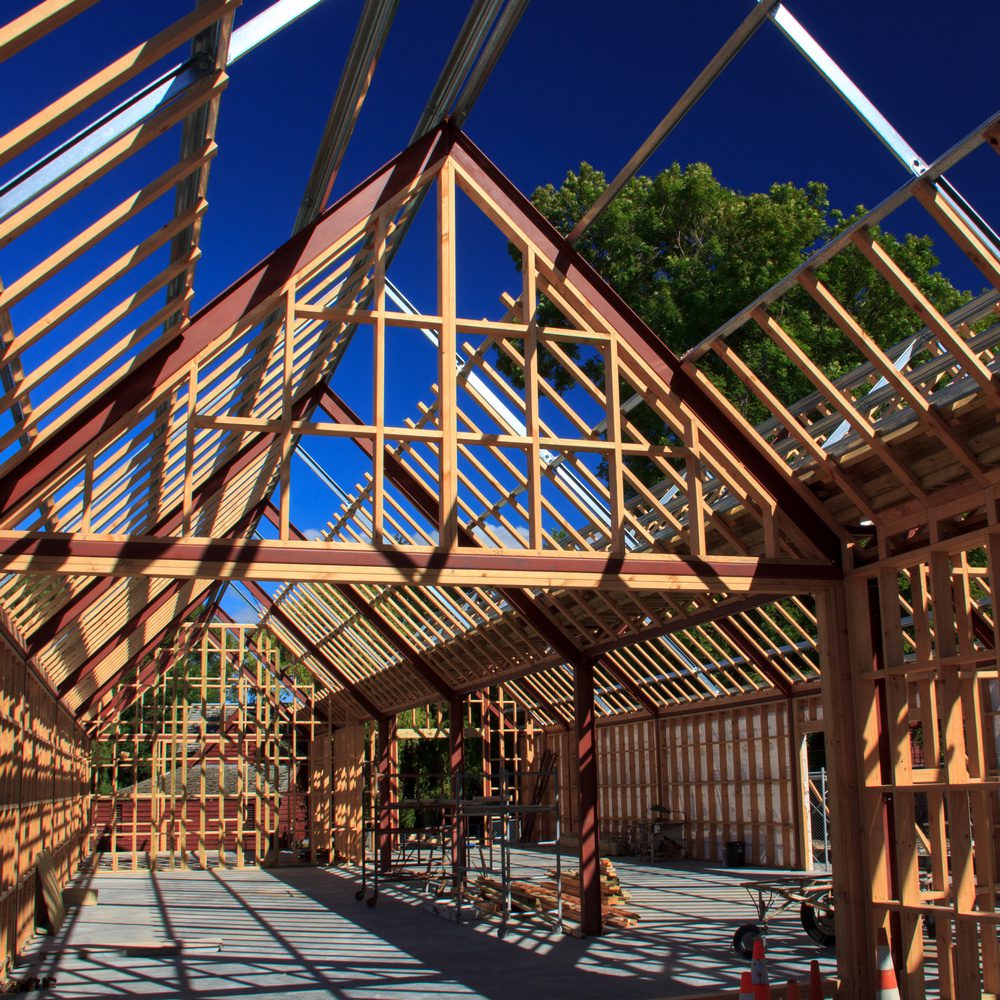Last Updated on October 30, 2025 by teamobn
Building your own home embarks a new chapter in your life. The process of planning and designing a new house will be filled with loads of ideas, excitement, anticipation, and the occasional moment of doubt. There’s a lot involved and a lot to consider so it’s common to worry about getting everything exactly right.
It’s essential to make sure all the details are carefully planned before, during, and even after construction so you and your family can have a comfortable home with the least angst during the building process.
Good planning can mean the difference between a positive, enjoyable experience during your build or a very stressful and, potentially, combative, one.
To ensure you have a good plan in place before you even break ground, here are eight tips to prepare yourself for building your dream home in New Zealand.
- Plan Your Budget
First, you need to have a solid understanding of how much you can afford to spend on your home. This means doing research and running some numbers on construction and materials before taking any step forward in building a house. Your builder will be able to work with you and help determine appropriate building costs in NZ. The typical building cost in New Zealand is estimated at around NZD$73 per square meter.
Remember that your construction costs also need to take into account some of the fixtures and fittings that you will need to be able to live comfortably in your new home. Internally, curtains, floor coverings, heating and cooling, and white goods should all be included in your budgeting. What is immediately necessary externally? Driveways, paths, and lawns should also be considered.
You may also want to look into government grants that could reduce the overall cost of construction.
- Find The Right Land
Finding the right block of land for your home can take time. The right aspect, the right view, proximity to schools and shops and even lot size are all important factors. Don’t rush the decision. Instead, know what factors are essential, important, or negotiable in your preferences.
You should visit open houses with your constructor and drive around town looking at different properties for sale. This will give you an idea of what types of lots are available and how much they cost within various neighborhoods all over New Zealand.
The most common types of lots in New Zealand are the quarter section of land, sub-dividable lots, and urban infill lots. If possible, choose a flat lot that will make it easier to build on instead of more expensive sloped sections located further away from the city center near parks or bodies of water. Also, consider looking for a lot that is accessible and near public facilities such as hospitals, schools, police stations, and stores for more convenience.
- Receive Your Building Permit Early On
Once an address has been selected, you can apply for a building permit as soon as possible. The process can take time, so you should apply early in the construction timeline, even before your foundation is built.
Contractors should follow all building codes and requirements in NZ to refrain from having any issues on getting approved for permits after submitting blueprints and payment information. You may also want to check if additional fees such as property taxes will be added on top of the cost of permits. It can cost anywhere from NZD$300 to NZD$1000 for building permits in New Zealand.
- Choose An Honest Builder
Choosing an honest builder is critical before beginning construction on a new home, as the quality of your house will depend on it. A trusted contractor should have referrals from previous clients, so you could speak directly with people they have built homes for.
It’s also important to do background research on the builder to see what other projects they’ve completed in New Zealand. In that way, you can rest assured that you have a skilled and experienced constructor. Check local building codes to ensure that your contractor has all of the appropriate permits and insurance needed to build a residence and commercial property to avoid any illegal construction.
- Provide A Detailed Floor Plan
Constructors will refer to your floor plan in building your home, so you must provide them with an accurate layout of each room, including walls, doors, windows, electrical outlets, light fixtures, plumbing lines, and more. It may seem tedious at first, but having every detail planned out before starting construction can save you from incorrect placements and undesired outcomes.
Everyone has their own tastes and preferences in designing their home. It would be best if you share your ideas with builders in New Zealand early on before anything starts being built. If you decide to make changes after the groundwork is already laid, it can result in delays and additional expenses that you were not aware of initially when drawing up your floor plan.
- Choose The Right Colours And Styles For Your Home
Finally, the last important preparation tip for building a new house in New Zealand is choosing colors and styles that work well together without looking too tacky. You can do this with the help of online tools that provide color palettes and styles from various furniture manufacturers or by speaking directly with an interior designer in New Zealand.
Conclusion
Building a New Zealand home can be a long and tiresome process, as any home should. But all the hard work and patience will be worth it once you have built a comfortable, convenient, and good-looking house to live in. Follow these tips to help ensure that the building process goes smoothly and ends with a completed home that you desire.






